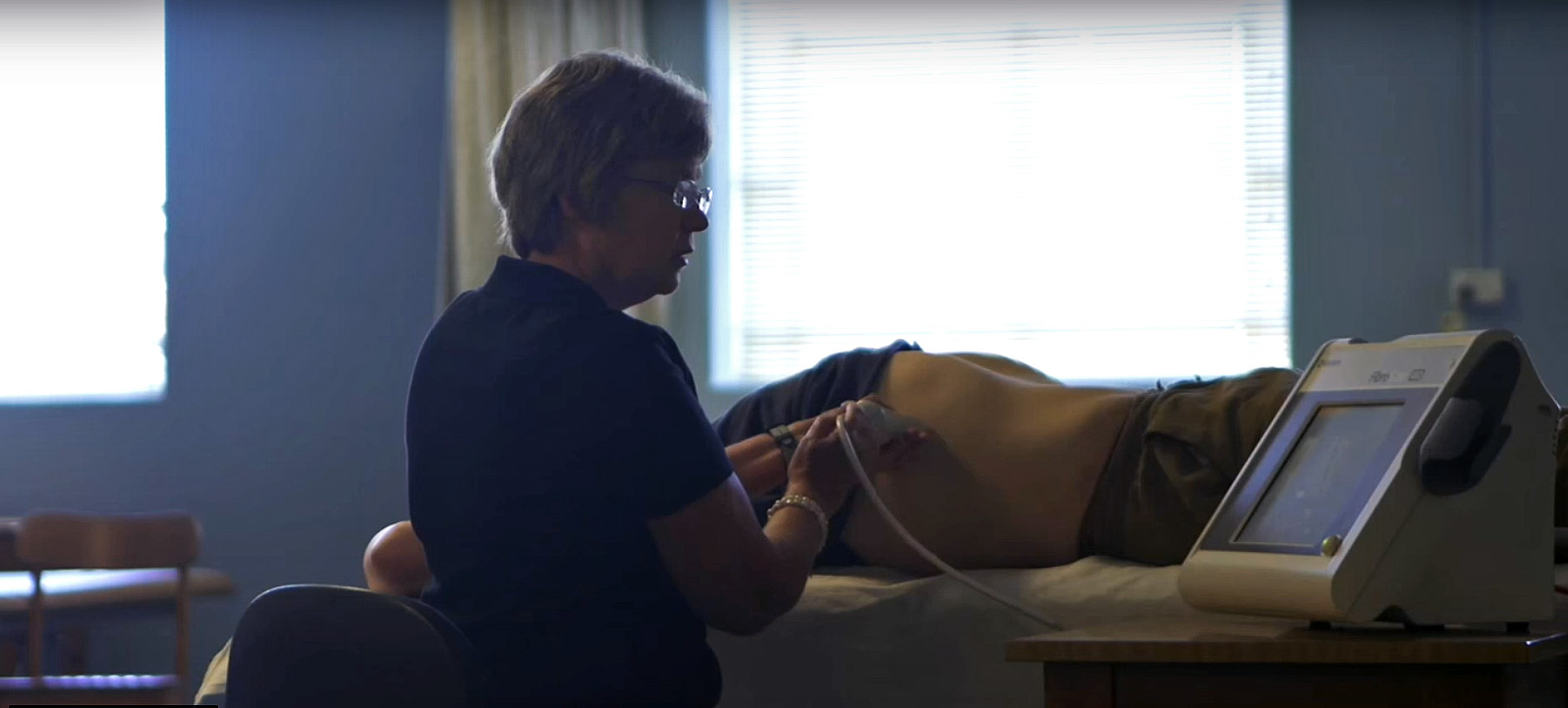Kim had just started on the new hepatitis C treatment and things seemed to be going well until he realised he was unable to get his new supply of tablets because he forgot to give his local pharmacist sufficient notice.
His script could not be filled by the time he needed it. This break, early in his treatment, could affect the outcome. In desperation, he told his viral hepatitis nurse of his predicament. The nurses organised a supply and dropped it off to him on a weekend.
The nurses say this is something they can’t do on a regular basis, but it is one example of how this team of dedicated South Australian nurses go out of their way to support the people they are caring for, to ensure the best outcomes.
Continue reading “Jewel of South Australian Viral Hepatitis Services”





